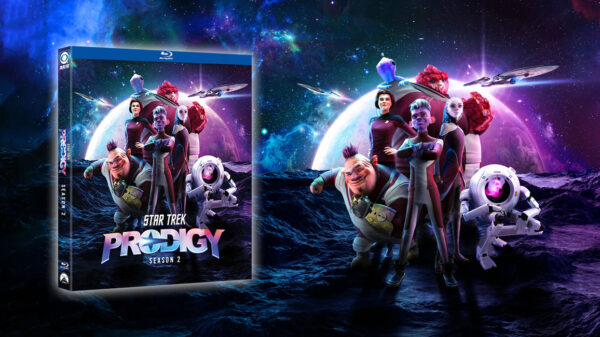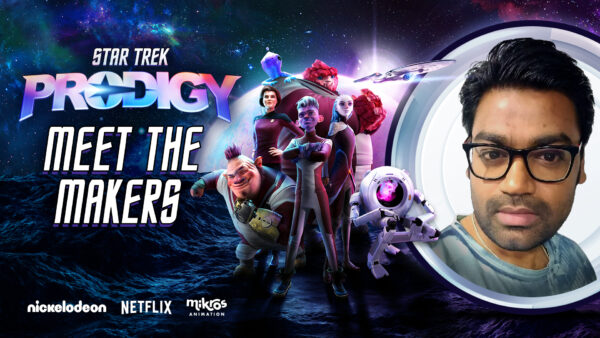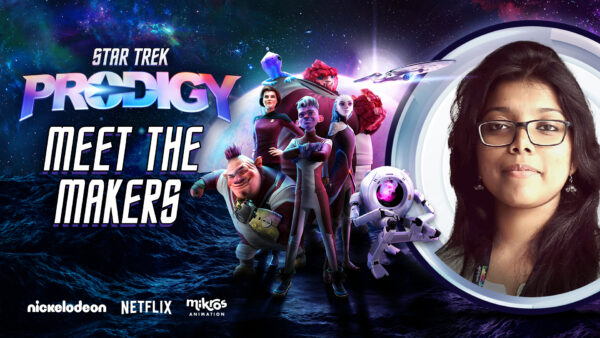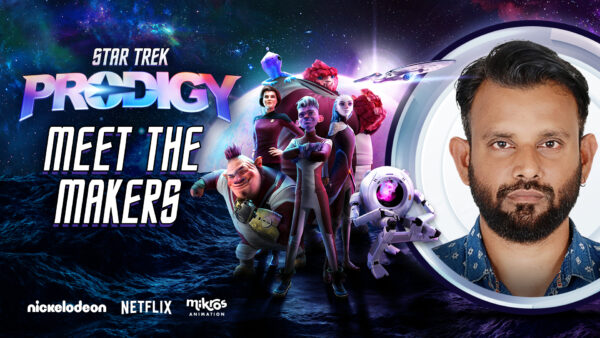
In our latest installment of Meet The Makers, we have the pleasure of speaking with Novefel Shahul, the talented VFX Supervisor behind the groundbreaking animation series, Star Trek: Prodigy. A lifelong fan of the Star Trek universe, Novefel brings his passion and expertise to the forefront, helping to create a visually stunning experience for both new and longtime fans. Join us as we delve into Novefel’s journey, the creative processes involved in bringing Star Trek: Prodigy to life, and the challenges and triumphs faced along the way.
- Were you already familiar with the Star Trek universe before you started work on the series?
Yes, I was a huge fan of the Star Trek TV series when I was in school. I used to wonder about the characters and how they were created. It would have been amazing to meet those characters and experience those technological advancements. Now, I can proudly say that I am part of the show that I once dreamed about creating.
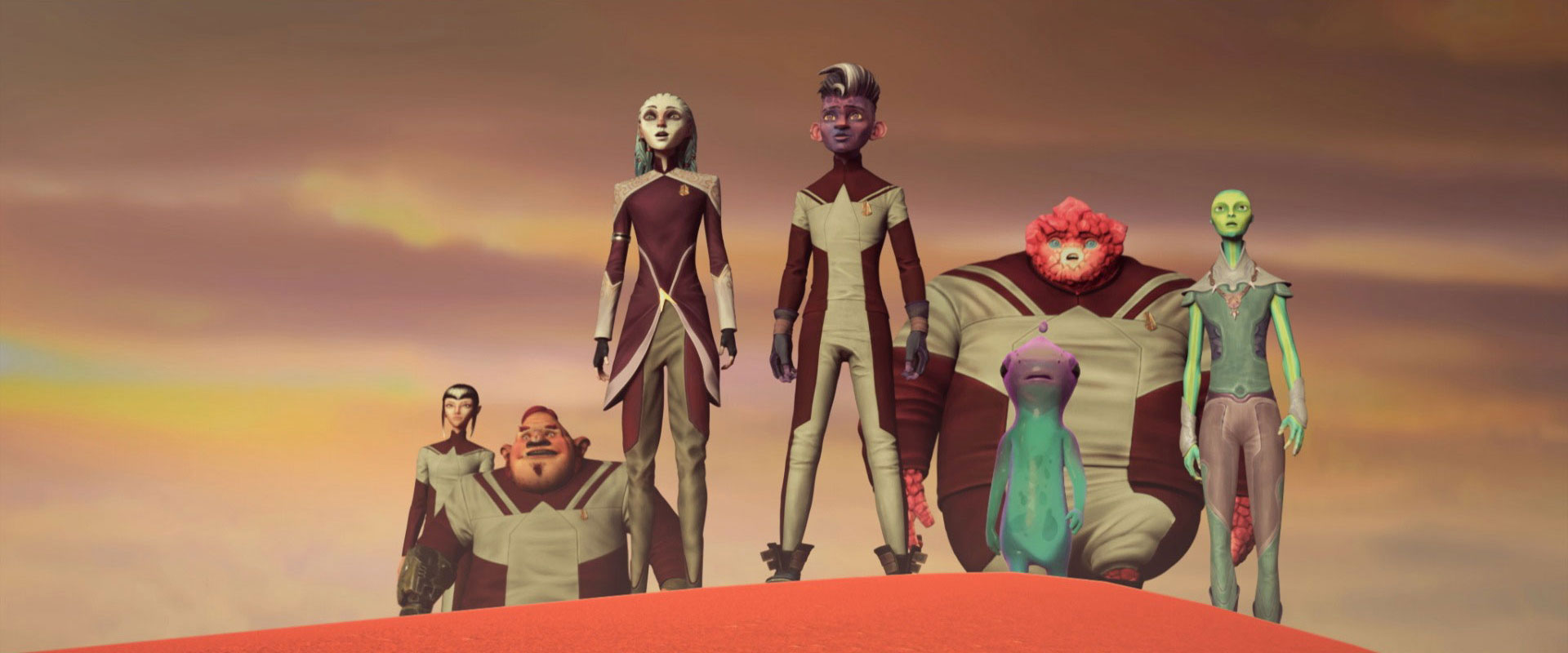
- What did you find different about season 2?
The storyline evolves from an inexperienced group to a responsible team, fully aware of their strengths, transforming the plot and facing diverse challenges with innovative solutions.
- Can you talk about the creative process behind the animation of “Star Trek: Prodigy”?
We had meetings with Nickelodeon for each episode, brainstorming the show’s requirements, including necessary artwork and FX references. Following discussions and reaching agreements, we conducted FX simulations and presented pre-comp movies to the clients for look-and-feel approval. Once the pre-comp was approved, we proceeded to the final output with the completed comp.
- What were the biggest technical challenges you faced for both seasons of the series?
The first stage in our pipeline involves Maya with the Redshift Renderer Engine and a deep imaging format pipeline. We conducted extensive R&D on the FX component to integrate it into the show, as the Redshift renderer initially had limited support for Maya dynamics systems rendering. Consequently, we developed solutions to seamlessly integrate these elements into our pipeline for final deliveries.

- How did you approach the design of the settings and environments to faithfully reflect the aesthetic of the Star Trek universe while bringing a unique touch to “Prodigy”?
The most challenging aspect was that each episode featured different environments and a variety of FX elements. Collaborating with Nickelodeon’s creatives, we engaged in extensive brainstorming to identify specific references for achieving the desired FX according to each unique world. Additionally, we faced the task of integrating both 2D and 3D elements into the Protostar ship, which included motion graphics.
- Can you share details about the technology and software you used?
For the FX department, we worked in Maya with the Redshift render engine, Houdini, and Nuke for compositing, using only native tools without additional plugins.
- Which characters, scenes, or sequences are you most proud of in “Star Trek: Prodigy,”?
I like the MURF character because he is an indestructible member of the group who rarely speaks, often serving as a test subject for all the new experiments within the group. I particularly enjoyed working on sequences involving lighting and explosions, as we had to ensure consistency and timing throughout the entire sequence. This required clear communication with both our team and our client.

- How did your team manage visual and narrative continuity across different seasons and episodes?
We had kickoff sessions and productive brainstorming sessions with the client. We requested reference artwork or videos for FX to understand the desired look and feel. This information was then conveyed to the team, and we held internal meetings and discussions on how to achieve the desired output based on the references.
- What lessons or insights did you gain from working on this project that you plan to apply to your future projects?
We gained valuable insights and knowledge from this project. We understood that brainstorming involved not only clients but also our interdepartmental teams, such as Post and Animation. Conducting R&D before each shot helped us ensure timely completion, regardless of complexity. The Nickelodeon creative team supported us with any doubts or challenges we encountered. Despite pipeline challenges, we overcame them with the team’s enthusiasm and encouragement from all departments and creative heads, who gave us the freedom to work without restrictions. It was truly gratifying to be part of the iconic Star Trek series.
